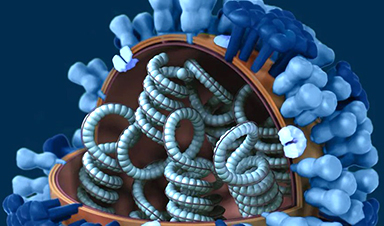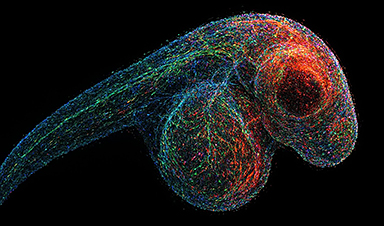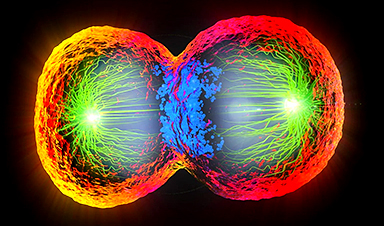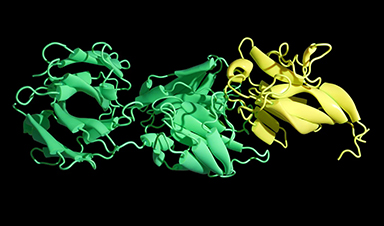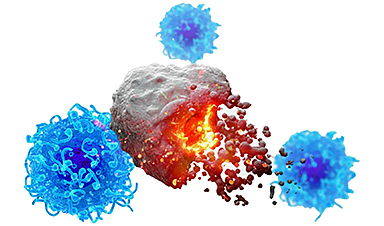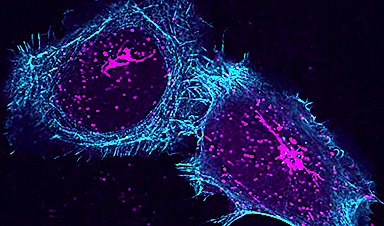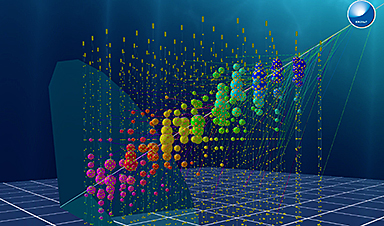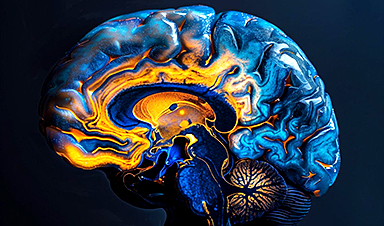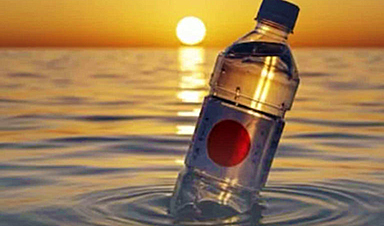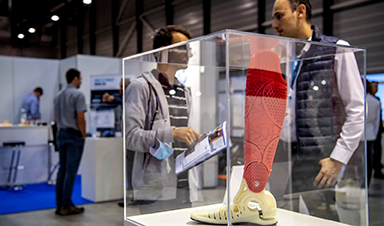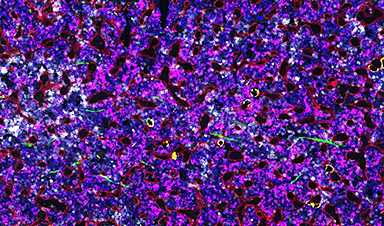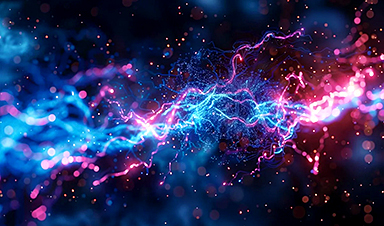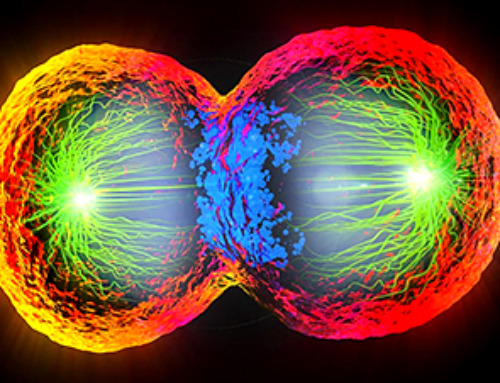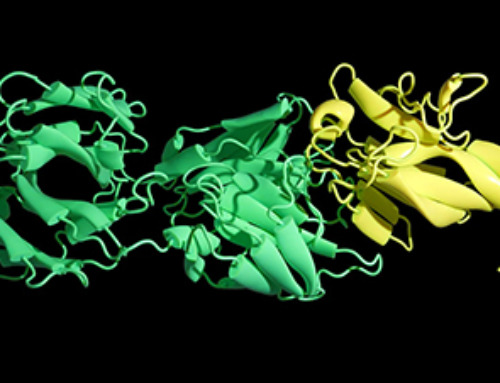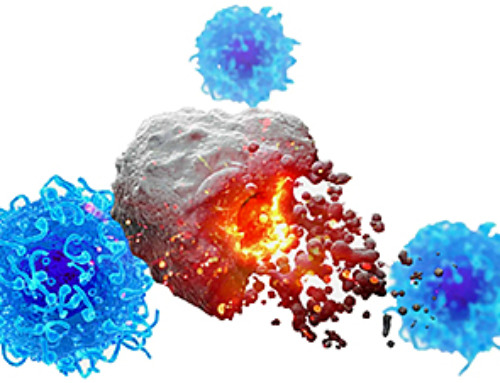After a period of falling Covid-19 illness rates, the recent spread of the delta variant of SARS-CoV-2 was a major disappointment and necessitated a reexamination of some previous assumptions. This reconsideration may, at least in part, be a correction to overly optimistic views of what highly effective SARS-CoV-2 vaccines could accomplish. Some observers had hoped the vaccines could eliminate transmission of the virus, the ultimate goal of reaching herd immunity.1 A more likely picture of our future with this virus comes into focus if we examine the well-known infection patterns of another respiratory virus, influenza, both in and outside pandemics. That experience can help us reset expectations and modify goals for dealing with SARS-CoV-2 as it further adapts in global spread.
Early results from the clinical trials and observational studies of mRNA vaccines against SARS-CoV-2 indicated that not only were they highly effective at preventing symptomatic infection, but they were also effective in preventing asymptomatic infection and therefore transmission.2 The basic criterion used for emergency use authorization by the Food and Drug Administration was a standard one: prevention of laboratory-confirmed clinical infection meeting a case definition. The effect on asymptomatic infections was a welcome surprise, because it has been thought that most vaccines for respiratory illnesses, including influenza, are “leaky” — that is, they allow some degree of asymptomatic infection and are better at preventing symptomatic infection.
The initial data on inapparent SARS-CoV-2 infection strengthened the hope that, at a certain level of vaccination, transmission would cease completely. To many of us, this hope appeared overly optimistic, and it seems even more so now; the highly transmissible delta variant causes asymptomatic infections and sometimes illnesses (albeit usually mild) in vaccinated people, probably because of increased growth potential, as well as because of waning immunity, which also involves decreasing IgA antibody levels. Elimination of an illness by means of herd immunity works best when the agent has low transmissibility, and it requires the absence of pockets of susceptible people. Eliminating Covid-19 seemed theoretically possible, because the original 2002 SARS virus ultimately disappeared. That virus, however, did not transmit as well as even the initial strain of SARS-CoV-2. It occurred in limited regions and was characterized by focal spread, including superspreading events. Such a pattern, which was also seen in the early days of SARS-CoV-2, is called “overdispersion” — 10% of cases, for example, may be responsible for 80% of transmission.3 These dynamics explain why there were great differences in antibody prevalence within a given city and spotty global spread early in the pandemic. Overdispersion was thought to be an unstable trait that would disappear, with transmission becoming more uniform and higher overall. That transition appears to have occurred as newer variants take over.
Given the parade of variants, their varying transmissibility, and continuing concern about antigenic changes affecting vaccine protection, I believe it should now be clear that it is not possible to eliminate this virus from the population and that we should develop long-term plans for dealing with it after the unsupportable surges are fully controlled. Pandemic and seasonal influenza provide the most appropriate models to aid in developing strategies going forward.
As with SARS-CoV-2, when a novel pandemic influenza strain appears, its spread can overwhelm the health care system. Waves of infection go through a city in weeks and a country in months, but there is scant evidence that superspreading events occur. Thereafter, the pandemic virus persists as a new seasonal strain, and antigenic changes occur — albeit probably not as quickly as we are seeing with SARS-CoV-2. The new strain joins the other seasonal influenza types and subtypes that reappear each year. The goal of vaccination becomes managing the inevitable outbreaks and reducing the rates of moderate-to-severe illness and death. Preventing mild disease, though important, is less critical.
Readministration of influenza vaccine has become an annual event for much of the population, in response to both waning immunity and the appearance of variants, termed antigenic drift, necessitating updated vaccines. Even when there is no substantial drift, revaccination is recommended because of waning immunity. But antigenic drift is a constant issue and is monitored globally, with vaccine composition updated globally twice a year on the basis of recommendations from a World Health Organization consultation.4 As outlined in the table, various criteria are considered in decisions about which strains to include in vaccines. Vaccine effectiveness against laboratory-confirmed symptomatic infection is never higher than 50 to 60%, and in some years it is much lower. Thus, the value of influenza vaccines, now given to as many as 70% of people in some age groups, lies not in eliminating outbreaks but in reducing them and preventing severe complications.
Though there may be similarities between SARS-CoV-2 and influenza, there are also meaningful differences. The most obvious difference is the efficacy of SARS-CoV-2 vaccines, which is currently much higher than we can achieve with influenza vaccines. Whether that degree of efficacy will continue is one of the many open questions that can only be answered over time. It is clear, however, that revaccination will be necessary, for the same reasons that influenza revaccination is necessary: antigenic variation and waning immunity. Data on the frequency of reinfection with seasonal coronaviruses may not be relevant, but they suggest that protection is relatively short term even after natural infection.5 Revaccination frequency and consequences will need to be determined.
Let us hope that certain problems with the influenza vaccine — such as the failure of vaccination, in some years, to produce the desired increase in protection in previously vaccinated people — do not occur with the SARS-CoV-2 vaccines. Other issues, such as the variant to be targeted by vaccines, will need to be addressed. The successful public–private collaboration in selecting influenza strains offers a model for dealing with such issues. SARS-CoV-2 vaccines will be used globally, and the strain or strains contained in future vaccines will need to be chosen globally, in consultation with the manufacturers.
Most predictions about the shape of the post–Covid-19 world have been inaccurate — a reflection of rapid changes in knowledge. But we can now see a picture emerging in which use of effective vaccines will continue to be critical over the long term. Increases in asymptomatic infections and mild illnesses in vaccinated people will nonetheless continue to be possible, as variants continue to emerge. Counts of hospitalizations and deaths may be more important in monitoring the overall impact than numbers of cases, as long as the vaccines continue to be largely effective at preventing severe illness. The possibility of severe illnesses in a small proportion of vaccinated people does emphasize one of the greatest unmet needs we currently face: continued emphasis on better therapeutics and antiviral agents, which will not be affected by molecular changes in the virus as much as vaccines are….
News
DNA Microscopy Creates 3D Maps of Life From the Inside Out
What if you could take a picture of every gene inside a living organism—not with light, but with DNA itself? Scientists at the University of Chicago have pioneered a revolutionary imaging technique called volumetric DNA microscopy. It builds [...]
Scientists Just Captured the Stunning Process That Shapes Chromosomes
Scientists at EMBL have captured how human chromosomes fold into their signature rod shape during cell division, using a groundbreaking method called LoopTrace. By observing overlapping DNA loops forming in high resolution, they revealed that large [...]
Bird Flu Virus Is Mutating Fast – Scientists Say Our Vaccines May Not Be Enough
H5N1 influenza is evolving rapidly, weakening the effectiveness of existing antibodies and increasing its potential threat to humans. Scientists at UNC Charlotte and MIT used high-performance computational modeling to analyze thousands of viral protein-antibody interactions, revealing [...]
Revolutionary Cancer Vaccine Targets All Solid Tumors
The method triggers immune responses that inhibit melanoma, triple-negative breast cancer, lung carcinoma, and ovarian cancer. Cancer treatment vaccines have been in development since 2010, when the first was approved for prostate cancer, followed [...]
Scientists Uncover Hidden Protein Driving Autoimmune Attacks
Scientists have uncovered a critical piece of the puzzle in autoimmune diseases: a protein that helps release immune response molecules. By studying an ultra-rare condition, researchers identified ArfGAP2 as a key player in immune [...]
Mediterranean neutrino observatory sets new limits on quantum gravity
Quantum gravity is the missing link between general relativity and quantum mechanics, the yet-to-be-discovered key to a unified theory capable of explaining both the infinitely large and the infinitely small. The solution to this [...]
Challenging Previous Beliefs: Japanese Scientists Discover Hidden Protector of Heart
A Japanese research team found that the oxidized form of glutathione (GSSG) may protect heart tissue by modifying a key protein, potentially offering a novel therapeutic approach for ischemic heart failure. A new study [...]
Millions May Have Long COVID – So Why Can’t They Get Diagnosed?
Millions of people in England may be living with Long Covid without even realizing it. A large-scale analysis found that nearly 10% suspect they might have the condition but remain uncertain, often due to [...]
Researchers Reveal What Happens to Your Brain When You Don’t Get Enough Sleep
What if poor sleep was doing more than just making you tired? Researchers have discovered that disrupted sleep in older adults interferes with the brain’s ability to clean out waste, leading to memory problems [...]
How to prevent chronic inflammation from zombie-like cells that accumulate with age
In humans and other multicellular organisms, cells multiply. This defining feature allows embryos to grow into adulthood, and enables the healing of the many bumps, bruises and scrapes along the way. Certain factors can [...]
Breakthrough for long Covid patients who lost sense of smell
A breakthrough nasal surgery has restored the sense of smell for a dozen long Covid patients. Experts at University College London Hospitals NHS Foundation Trust successfully employed a technique typically used for correcting blocked nasal passages, [...]
Scientists Invent Plastic That Can Dissolve In Seawater In Just A Few Hours
Plastic waste and pollution in the sea have been among the most serious environmental problems for decades, causing immense damage to marine life and ecosystems. However, a breakthrough discovery may offer a game-changing solution. [...]
Muscles from the 3D printer
Swiss researchers have developed a method for printing artificial muscles out of silicone. In the future, these could be used on both humans and robots. Swiss researchers have succeeded in printing artificial muscles out [...]
Beneficial genetic changes observed in regular blood donors
Researchers at the Francis Crick Institute have identified genetic changes in blood stem cells from frequent blood donors that support the production of new, non-cancerous cells. Understanding the differences in the mutations that accumulate [...]
Shocking Amounts of Microplastics in the Brain – It Could Be Increasing Our Risk of Dementia
The brain has higher concentrations of plastic particles compared to other organs, with increased levels found in dementia patients. In a comprehensive commentary published in Brain Medicine, researchers highlight alarming new evidence of microplastic accumulation [...]
Baffling Scientists for Centuries: New Study Unravels Mystery of Static Electricity
ISTA physicists demonstrate that contact electrification depends on the contact history of materials. For centuries, static electricity has intrigued and perplexed scientists. Now, researchers from the Waitukaitis group at the Institute of Science and [...]
